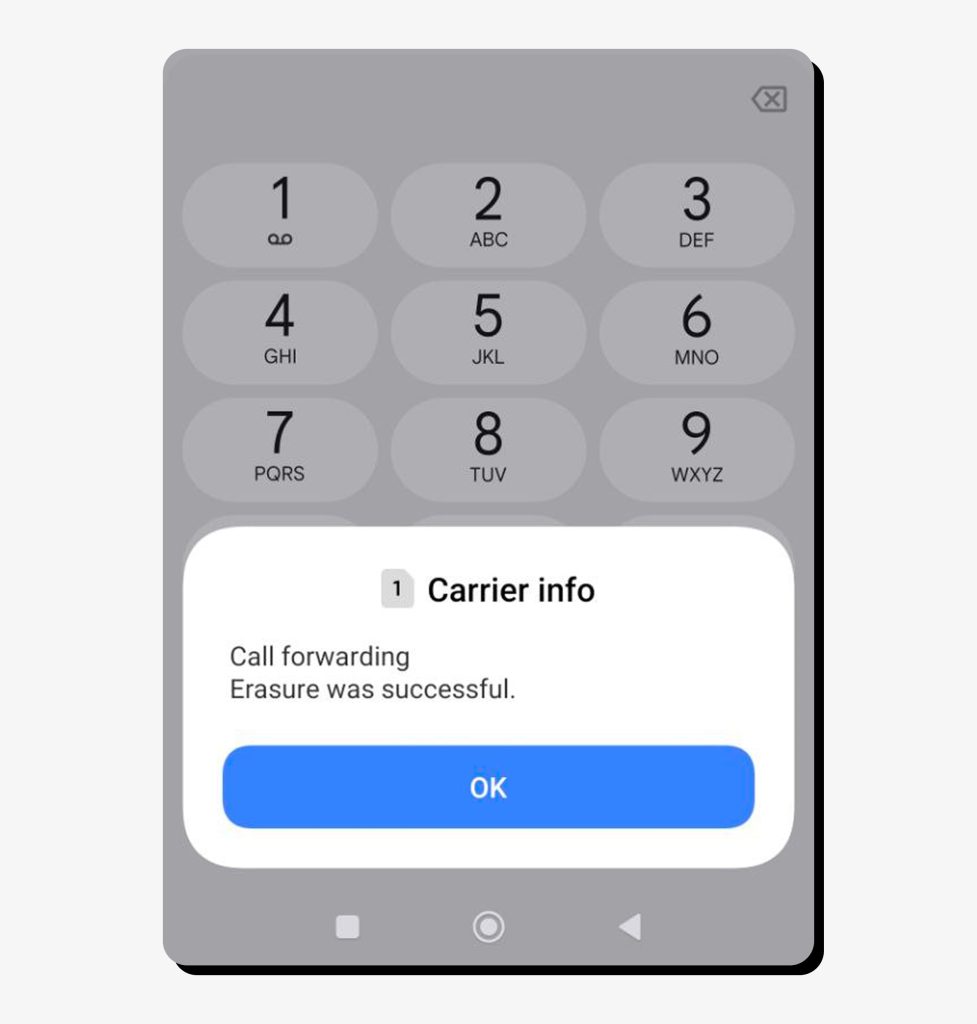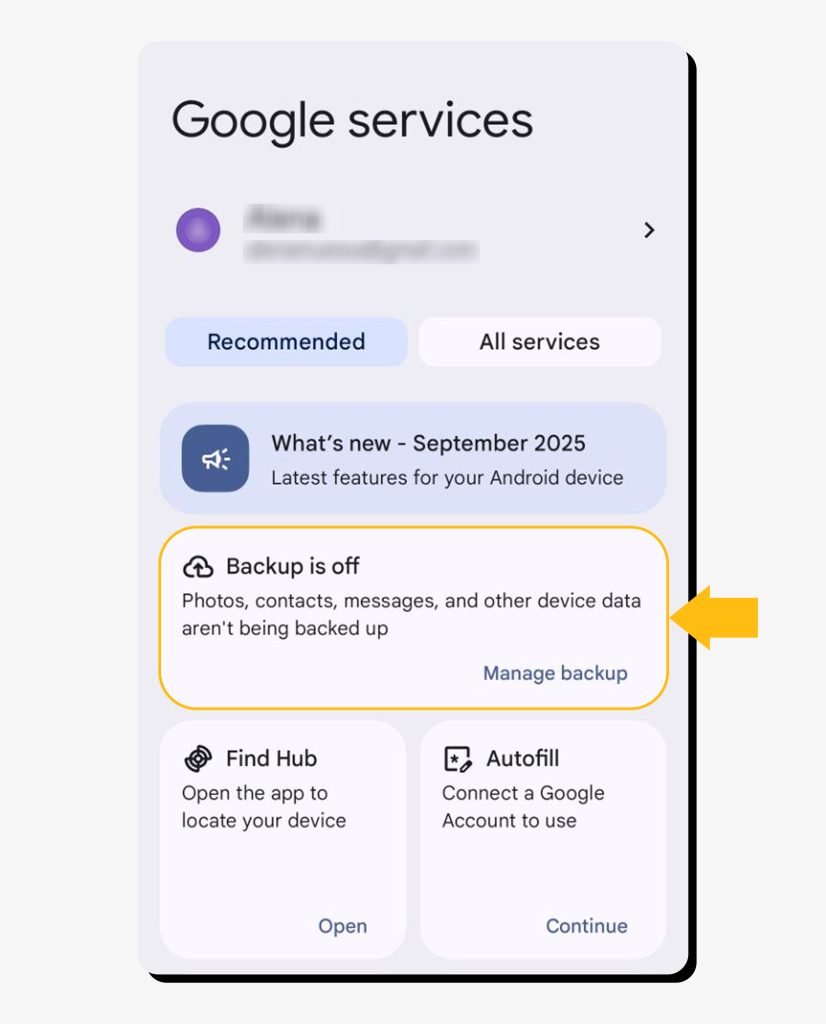How to know if your phone is hacked: warning signs and ways to check

Although there could be a benign reason for slow performance or fast battery drain, it’s important to rule out malicious activity. While this won’t confirm hacking, you can dial *#21# to see if call forwarding is active—a potential sign of a call forwarding scam. Next, examine your phone’s settings and apps. If your battery and data stats have changed for no obvious reason, or if you see apps you don’t recognize, this is cause for concern. Another red flag is antivirus and security settings being disabled without your input.
How do phones get hacked in 2025?
Smartphones have made life incredibly convenient by becoming the central hub for our digital identity and giving ready access to all important accounts—email, social media, banking, perhaps even crypto wallets. However, this wide access has also made our phones a gold mine for cybercriminals driven by data theft and financial gain. Hackers steal contacts, emails, and payment details to sell on the dark web or use in phishing and identity fraud.
Another major motive is spying and blackmail, where stalkerware and spyware apps are used to secretly monitor employees, activists, or public figures, tracking their calls, locations, and messages.
Whatever the motive, someone with the right skill set and a willingness to break the law can take control of your device without physically accessing it. Here are the most common ways they do this:
- Malicious links. These are typically sent via email, social media, and SMS, and exploit the vulnerabilities in your browser or OS. They can prompt you to install a fake app or steal your credentials and other PII.
- Invasive apps. Apps downloaded outside legitimate app stores could contain spyware, particularly if they’re asking for unreasonable permissions.
- Fake Wi-Fi networks. Hackers can set up their own Wi-Fi networks that look like café or hotel Wi-Fi. This lets them intercept your data and even inject malicious content into your browsing session.
- SIM swapping. If scammers convince your mobile carrier to connect your number to a SIM card they own, they can get calls and texts meant for you—potentially including one-time passwords from personal accounts and other sensitive communications.
- AI-assisted scams. Generative AI lets fraudsters create convincing messages and calls that impersonate friends, family, or customer service reps. They can prompt unwitting victims to download malware, set up call forwarding, or install remote-access tools.
How to tell if my phone is hacked: warning signs
If your phone has malware, you might notice sudden changes in behavior like it running slowly or getting hot when not used. Like a digital cancer, spyware and other malicious software running continuously in the background will drain your phone’s resources.
Note that some of the issues mentioned here can have causes that aren’t related to hacking—it could be that you have too many apps open, you’re using outdated software, or your battery just happens to be on its last legs. Still, it’s important to understand that these are potential warning signs:
- Battery draining unusually fast. Barring actual battery issues, if you notice that your smartphone is losing charge much faster than usual, that’s a cause for further investigation.
- Phone overheating for no clear reason. Your phone might generate excessive heat if malware is accessing its CPU. For example, cryptojacking software, which uses your phone to mine cryptocurrency, might do this.
- Slower performance and/or frequent crashes. Malware or spyware running in the background consumes system resources, overloading your phone’s processor and memory. This constant strain can make legitimate apps lag, freeze, or crash unexpectedly.
- Strange spikes in data usage. Malicious apps often transmit stolen data, communicate with remote servers, or download additional payloads in the background—this can cause your phone to use far more mobile data than usual.
- Random pop-ups. An adware virus will bombard you with pop-up advertisements that try to bait you into downloading even more malware or sharing personal information.
- Unknown apps installed. Although your phone may come with a bunch of built-in apps you’ve never used, anything that’s new and that you don’t recognize could be a sign of a hack.
- Unfamiliar communications in your text or call history. If your phone shows calls or texts that you don’t recognize, it could be a sign of malware or SIM swapping.
What to dial to see if your phone is hacked
There’s no specific number or code to dial that actually detects hackers, so to speak. However, you’ll be able to pick up on call forwarding and possible SIM misuse.
The most well-known diagnostic codes for phone hacking are all examples of MMI (man-machine interface) codes. These can vary somewhat for different devices and carriers (they work best on Android and GSM networks, with limited functionality on iPhones).
- Dialing *#21# checks if your calls, texts, and data are being redirected somewhere.
- Dialing *#62# will show where calls are being redirected when your phone is off or out of service.
- Dialing ##002# will disable all call forwarding settings.

An important thing to keep in mind: scammers may spread so-called “anti-hack” codes online that actually set up forwarding to their device. To avoid becoming a victim, get the official MMI codes from your carrier.
How to check if your phone is hacked in Settings
When it comes to the settings in your phone, the main things to check are battery stats, data stats, and apps.
On Android:
- Settings → Apps: look for any unfamiliar or suspicious apps, especially those without icons or with strange names. It’s crucial to evaluate the apps via settings because malicious ones won’t show up on your home screen.
- Settings → Battery or Digital Wellbeing: check for apps draining power abnormally.
- Settings → Security: evaluate what permissions apps have. Pay special attention to Device admin apps and Accessibility to make sure no unknown apps have elevated privileges.
- Verify that Google Play Protect is turned on and up to date.

On iPhone:
- Settings → Battery: look for apps consuming power in the background.
- Settings → General → iPhone Storage: look for unfamiliar apps.
- Settings → Privacy & Security → App Privacy Report: check which apps access data excessively.
- Settings → General → VPN & Device Management: remove any unknown configuration profiles or VPNs.
- Settings → Apple ID → Devices: review connected devices and remove any you don’t recognize
If your phone has an antivirus, see if it’s enabled.

What to do if you believe your phone has been hacked
In case you suspect your phone has been hacked, take the following steps:
- Disconnect from the internet.
- Back up essential data in case you have to do a factory reset (don’t do a full system backup because you don’t want to reintroduce the malware).
- Delete suspicious apps.
- Run a full malware scan.
- Change passwords for all major accounts from a different device (they might be tracked if you use the hacked device to do this).
- Update your OS and apps to patch any vulnerabilities that may have been exploited.
- Check account activity (Google/ Apple ID, social media, banking) and sign out of unknown devices.
- If problems persist, perform a factory reset to completely remove hidden malware.

If you suspect SIM swapping, call your carrier immediately. Notify your bank if you see fraudulent activity in your accounts.
How to prevent phone hacking in the future
Remember that good digital hygiene starts with your own awareness. User behavior, whether it’s clicking unsafe links, ignoring updates, or downloading cracked apps, remains the biggest weak point.
Here’s a checklist for making your phone harder to hack into going forward:
- Keep your OS and apps updated. Every new version of an app or operating system will include some security patches to prevent hackers from exploiting specific vulnerabilities.
- Only download apps from official stores. If you absolutely need a modified app, at least check the developer and reviews.
- Use biometric screen lock. Biometric screen locking systems like FaceID or TouchID are much harder to crack than passwords.
- Avoid public Wi-Fi as much as you can. If you must use it, protect your browsing activity with a reputable VPN.
- Don’t root or jailbreak your device. Both of these things involve removing restrictions on your phone’s OS, which ultimately makes it much less secure.
- Be cautious with third-party links and attachments. If an attachment is coming from an unknown source, it’s best to either leave it alone or run it through antivirus software first.
- Don’t call any numbers or click links in scaremonger-y messages. If your phone carrier appears to be calling you with an urgent request, hang up and dial the company’s official number.
- Make sure you’re visiting legit websites and not spoofed ones. Before entering any information on a website that an SMS directs you to, examine the URL carefully.
- Use a reputable antivirus or mobile security suite. These can help clear out malware that may have made it onto your phone.
- Don’t divulge too much info about yourself on social media sites and opt out of data brokers. These can give scammers enough personal details to impersonate you.
FAQs
Can you tell if your phone has been hacked?
The best way to get a clear answer to this question is to run a security scan with a trustworthy antivirus software. However, you can get some initial clues by checking for call forwarding, examining battery and data stats in Settings, and looking for unfamiliar apps.
What is the number to dial to see if your phone is hacked?
There’s no number to confirm hacking, but dialing *#21# can show whether call forwarding is on and *#62# will indicate where calls are being sent when your phone is unavailable.
What is the code *#21# meaning for a potential hack?
If *#21# shows that call forwarding is on, it could indicate a call forwarding scam. That said, there could be other reasons for your phone forwarding calls so it’s better to contact the carrier or disable forwarding by dialing ##002#.
How do I unhack my phone?
First, turn your phone’s Wi-Fi off. Change your passwords for key accounts from a different device (not the one you suspect is hacked). Back up essential data if you need to perform a factory reset. Finally, run a mobile security scan using a reputable antivirus service.





Mark comes from a strong background in the identity theft protection and consumer credit world, having spent 4 years at Experian, including working on FreeCreditReport and ProtectMyID. He is frequently featured on various media outlets, including MarketWatch, Yahoo News, WTVC, CBS News, and others.